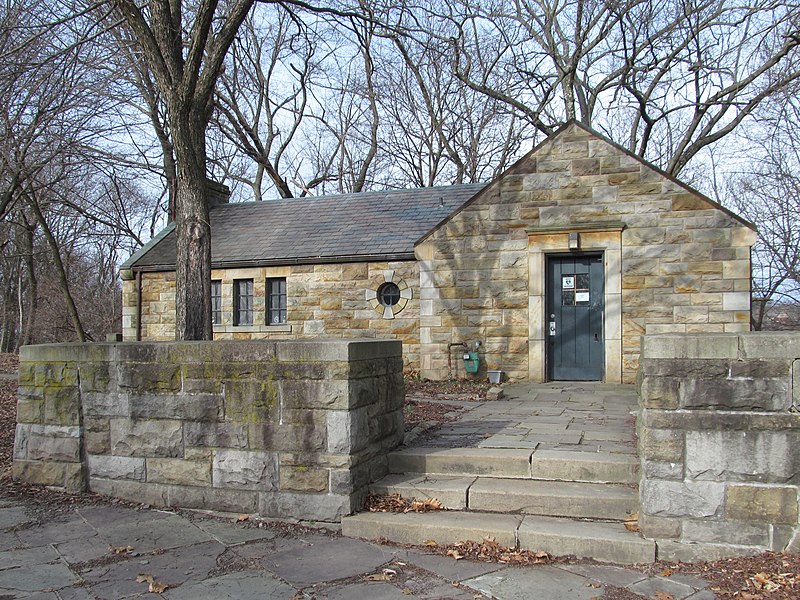
A century ago, if you had asked anyone around here who were Pittsburgh’s most famous composers, two names would have come up: Stephen Foster and Ethelbert Nevin. (Today you might hear Billy Strayhorn or Erroll Garner, which would certainly be good choices.) Foster was known for his popular songs that became the sound of America being America; Nevin was known for evocative salon pieces that were not too difficult for a talented amateur pianist. Nevin was born in Edgeworth, the son of a Pittsburgh newspaper-owner (Robert Peebles Nevin, who founded the Times, later merged with the Gazette) and a well-known pianist (Elizabeth Duncan Oliphant Nevin). He died at the age of 38, at the peak of his fame, in 1901, and for at least two decades afterward his music was everywhere.
After that, he passed out of fashion so completely that few music-lovers today even recognize his name. His problem was that he wrote little suites meant to be evocative of a place or mood—“Water Scenes,” “In Arcady,” “May in Tuscany”—and the dogma of modernism in music insisted that such musical evocations not only should not but could not happen.
But there are hundreds of recordings of his most famous pieces from the early twentieth century. This one, from 1915, is an orchestral arrangement of the Canzone amorosa from Opus 25, A Day in Venice. Audio restoration has brought out a pleasingly rich sound from the Victor house orchestra, conducted by Walter B. Rogers.
This audio file comes from our sister site The Lateral Cut, which is trying to bring life back to old acoustical recordings with fancy (but not too aggressive) electronic sound restoration.














